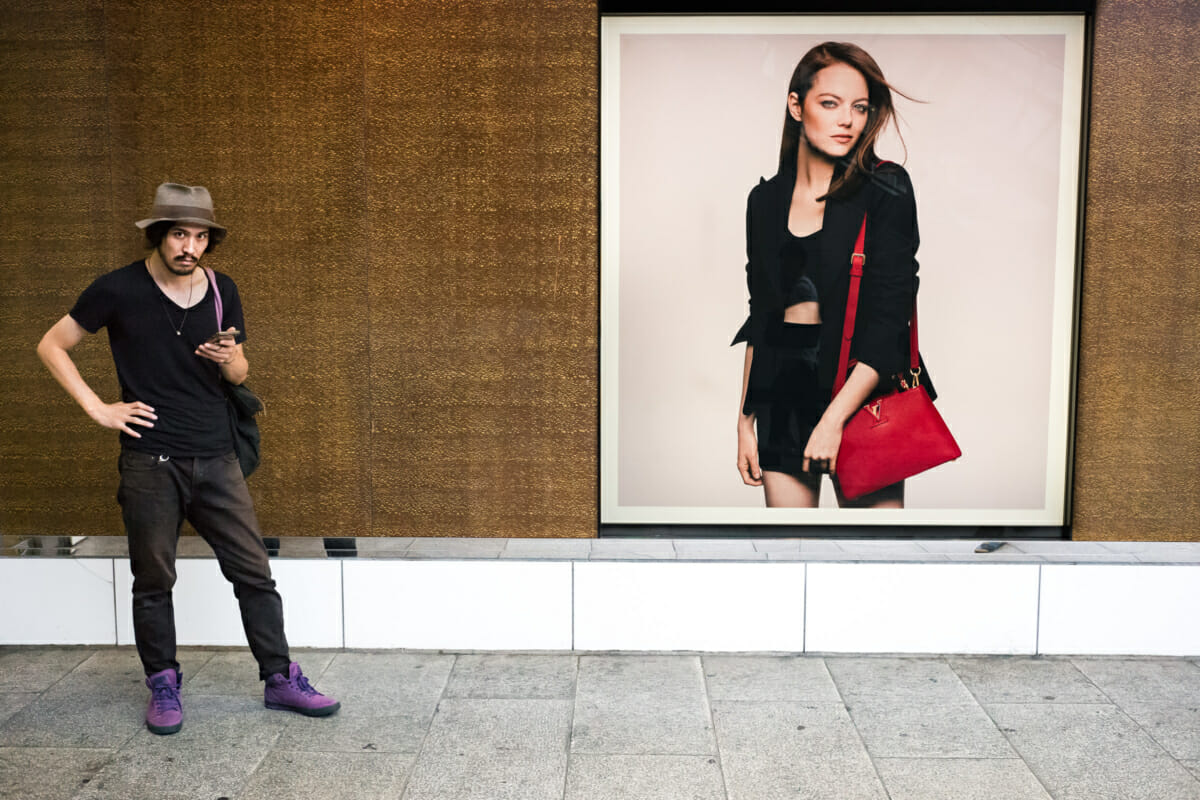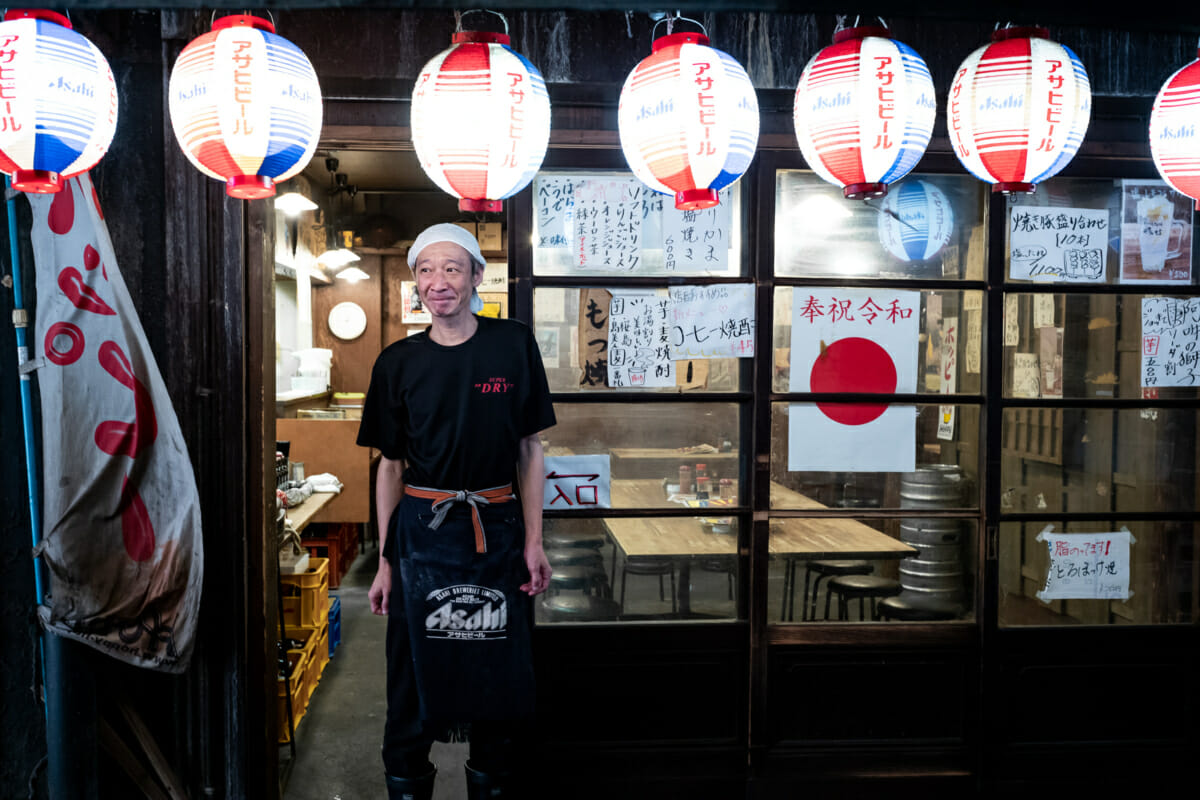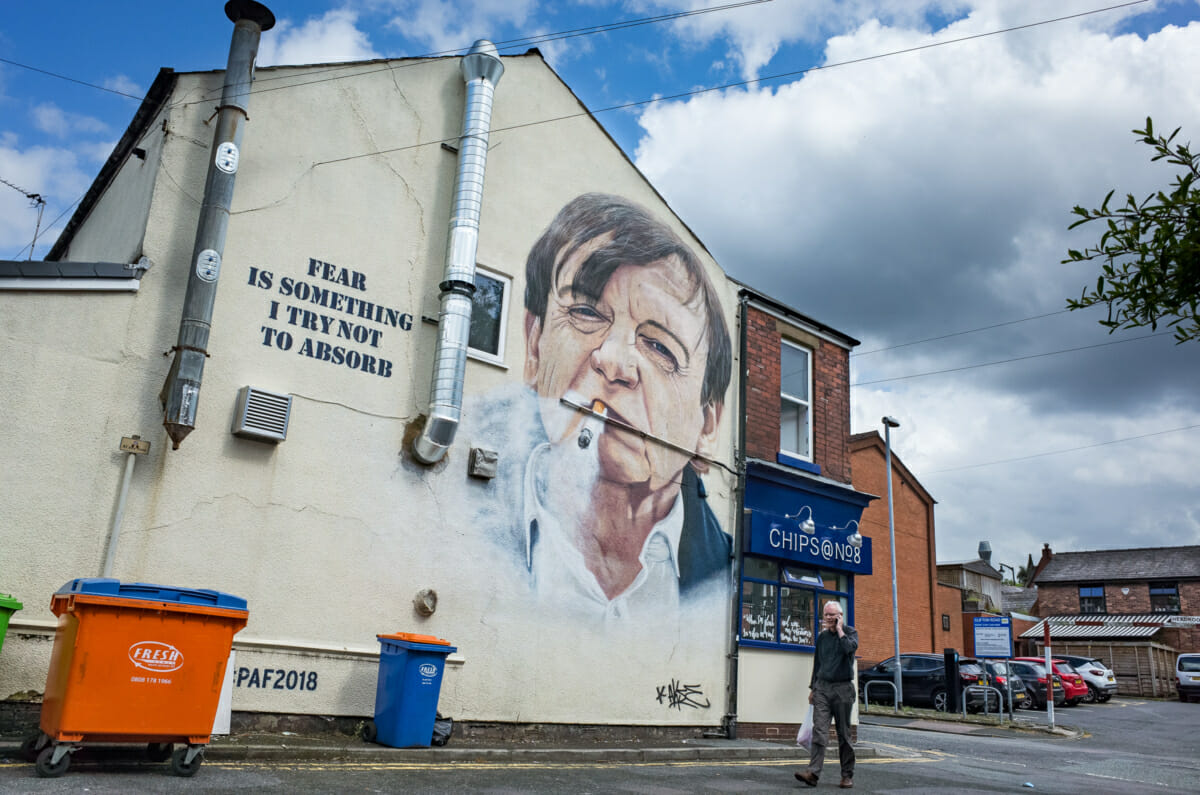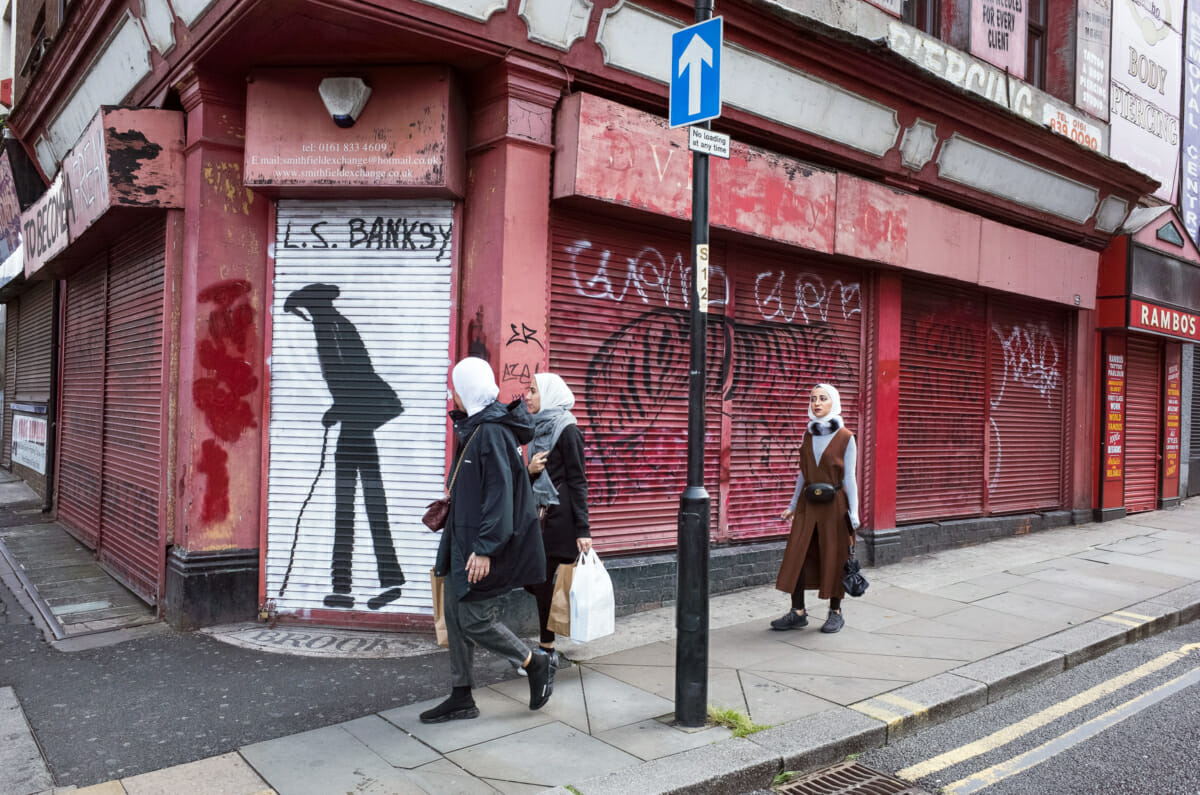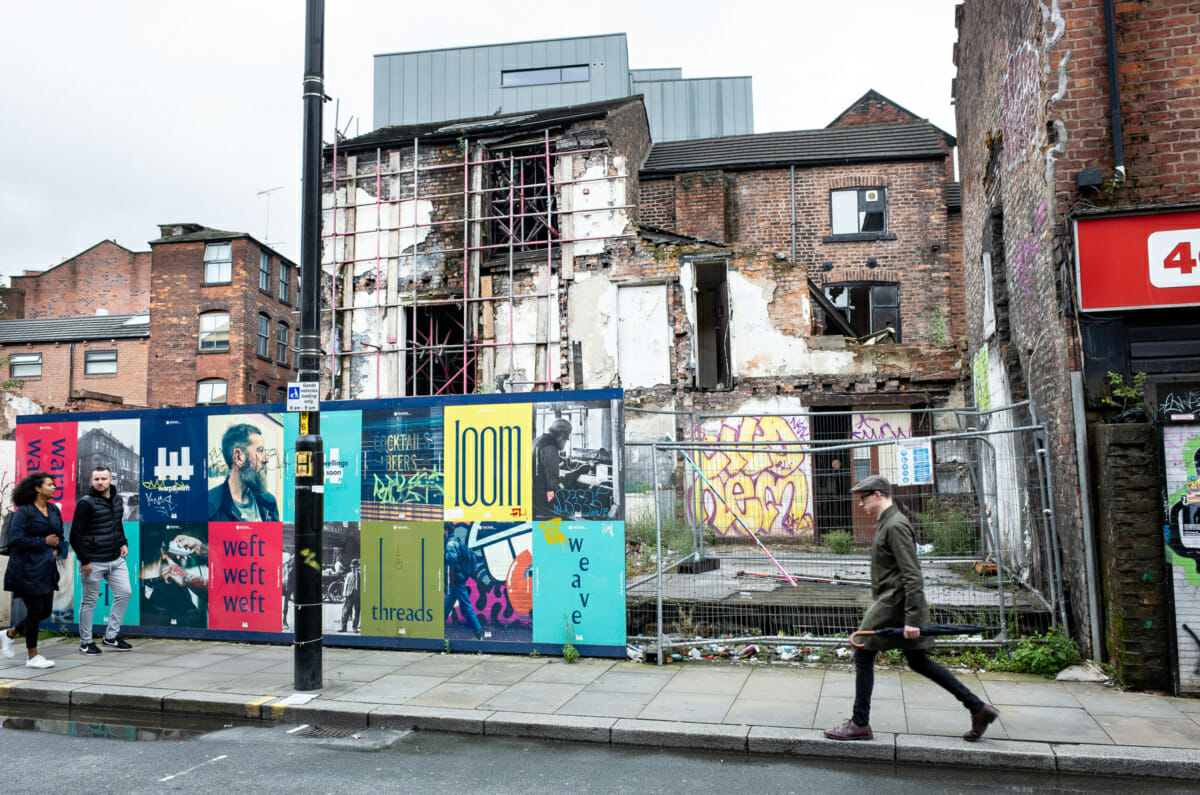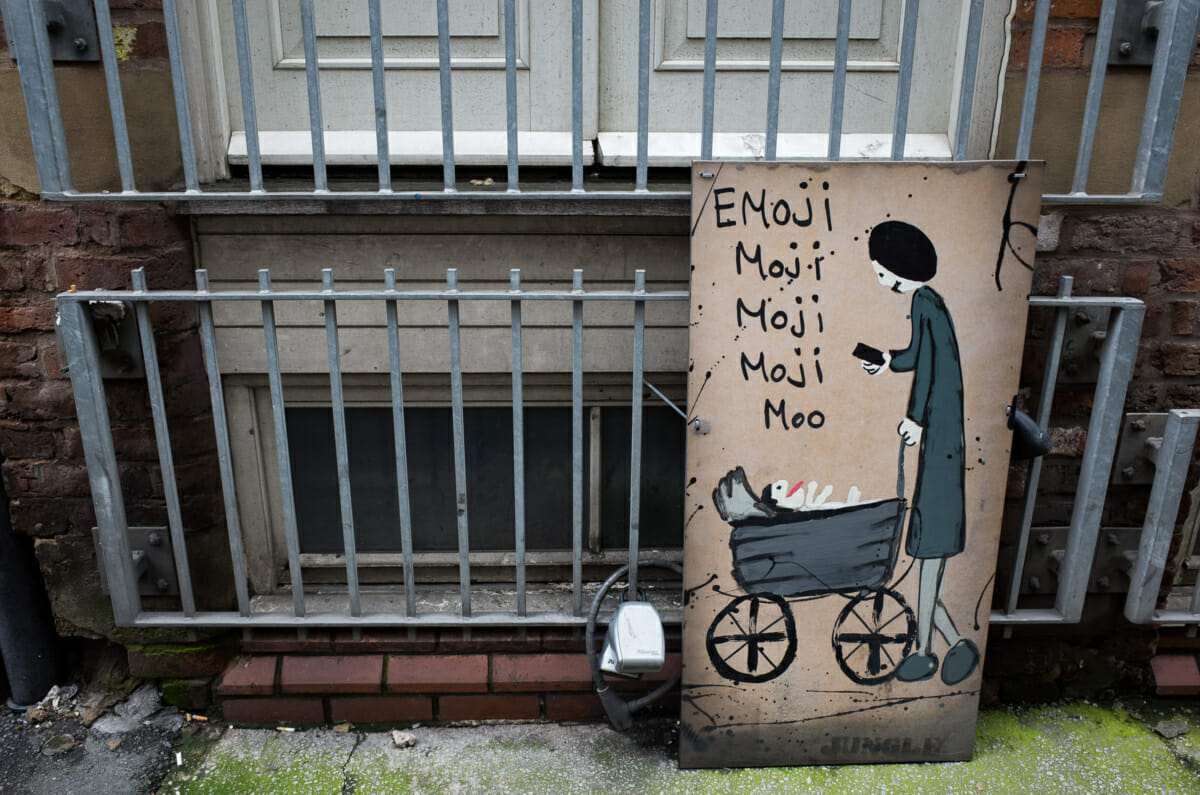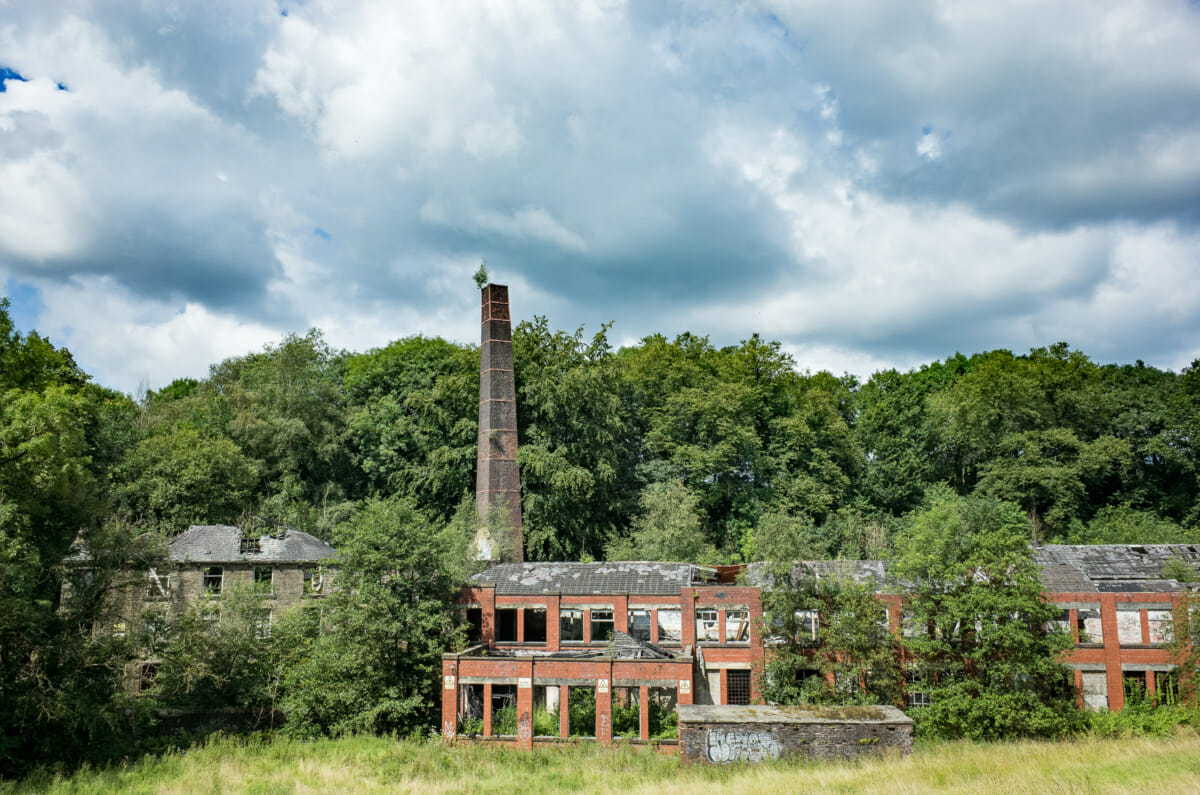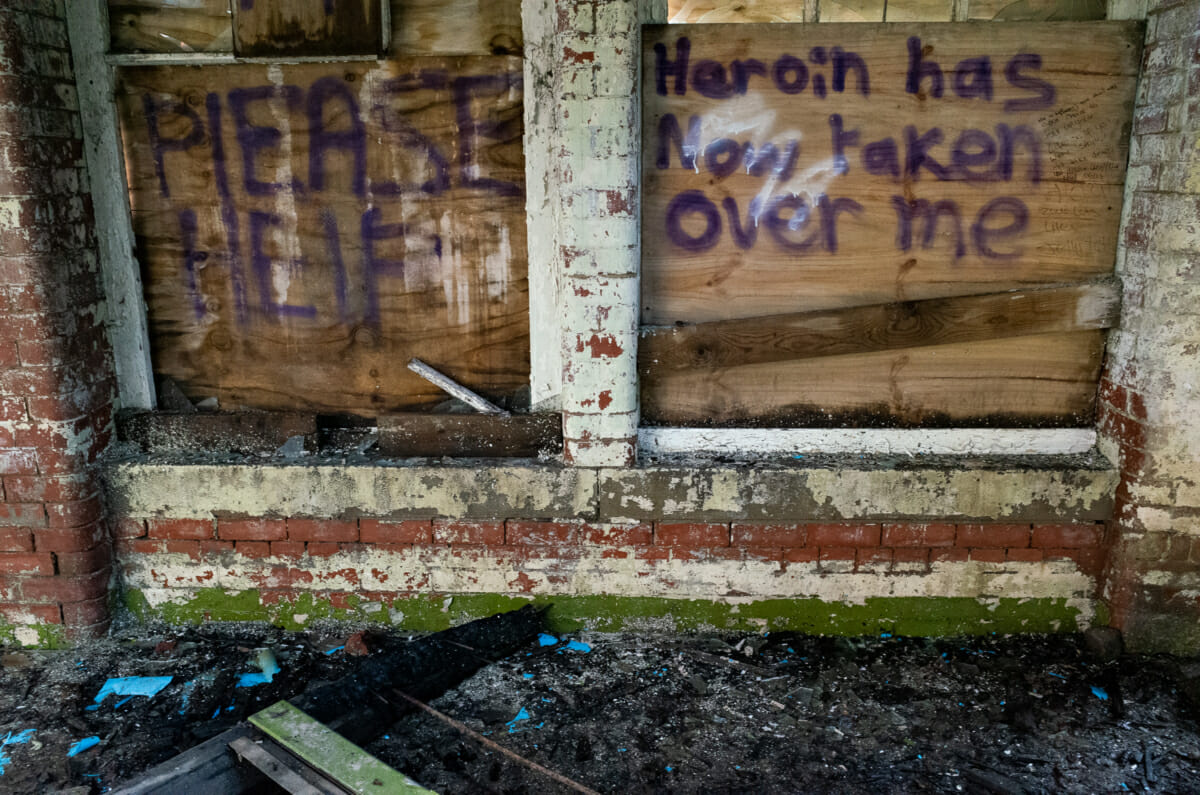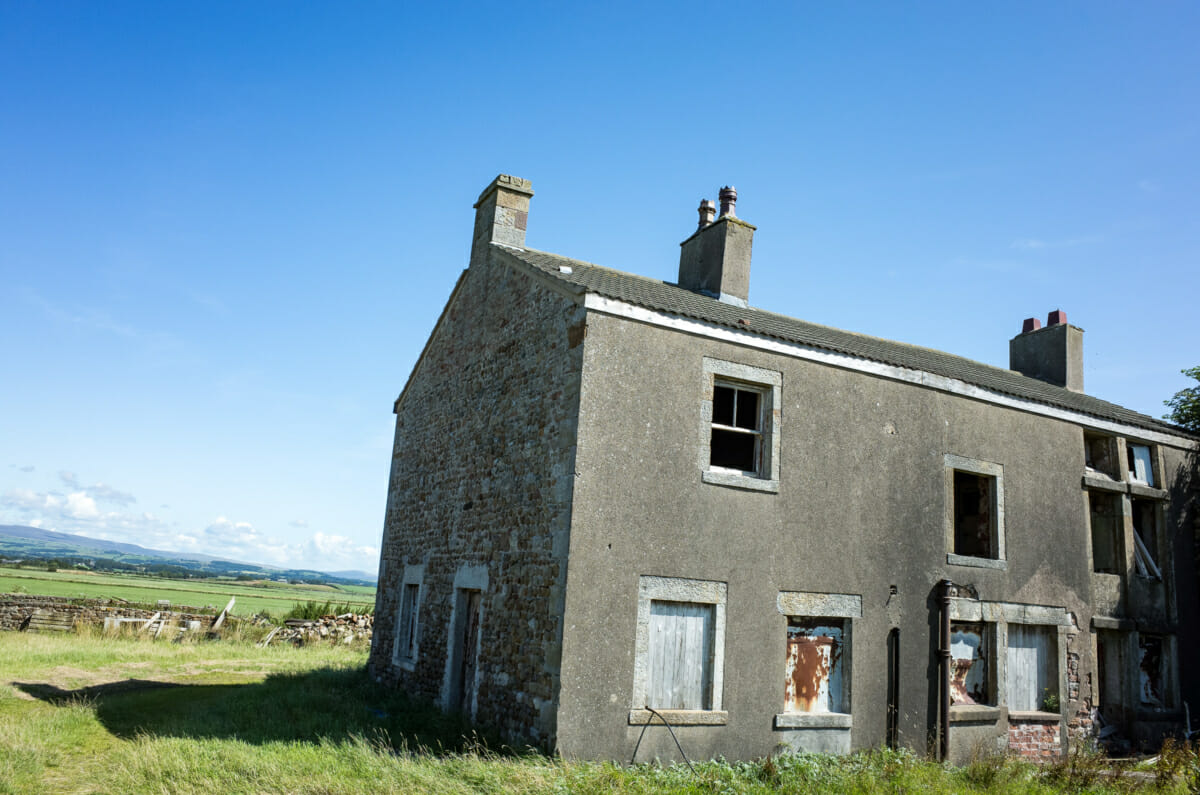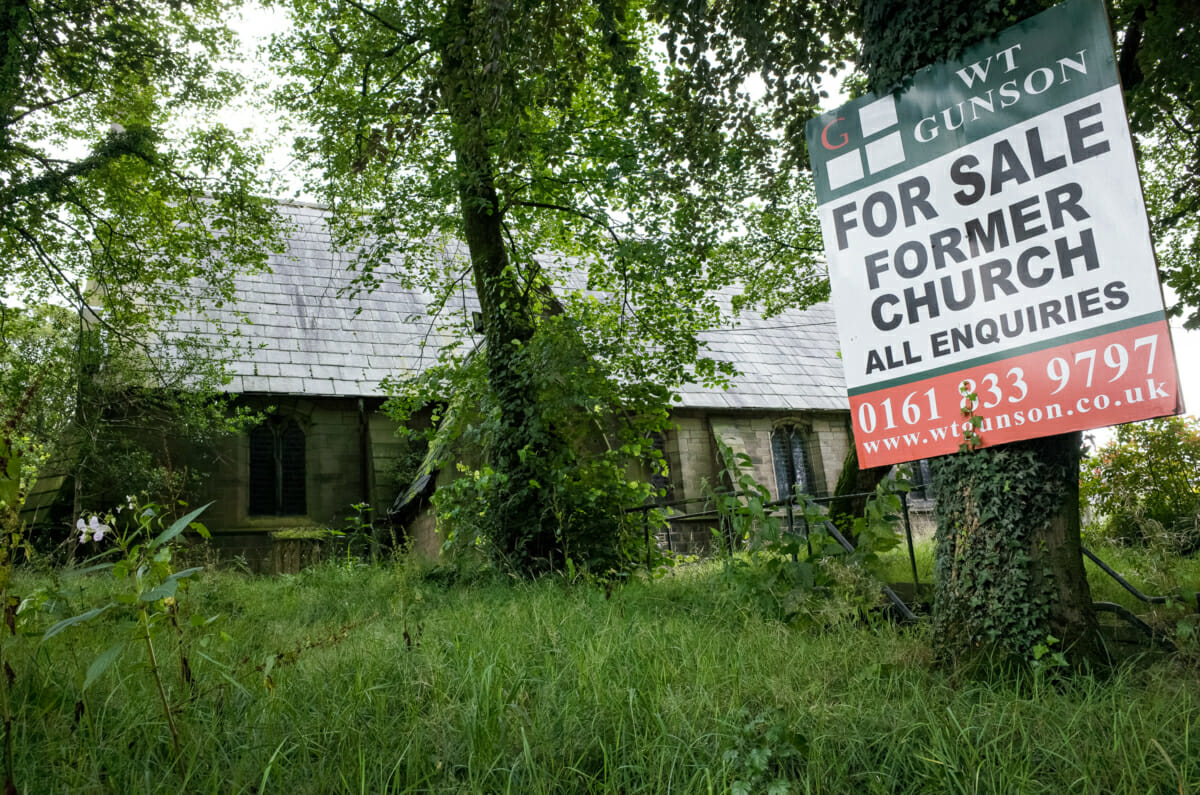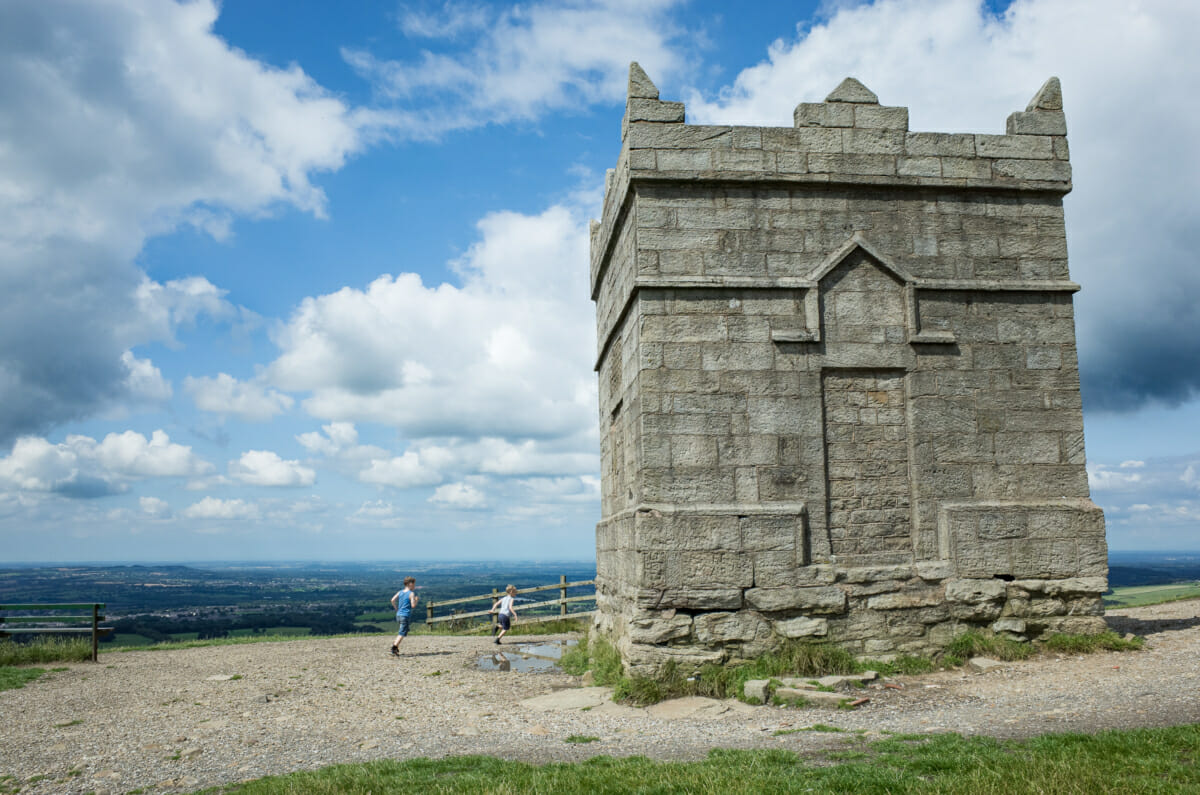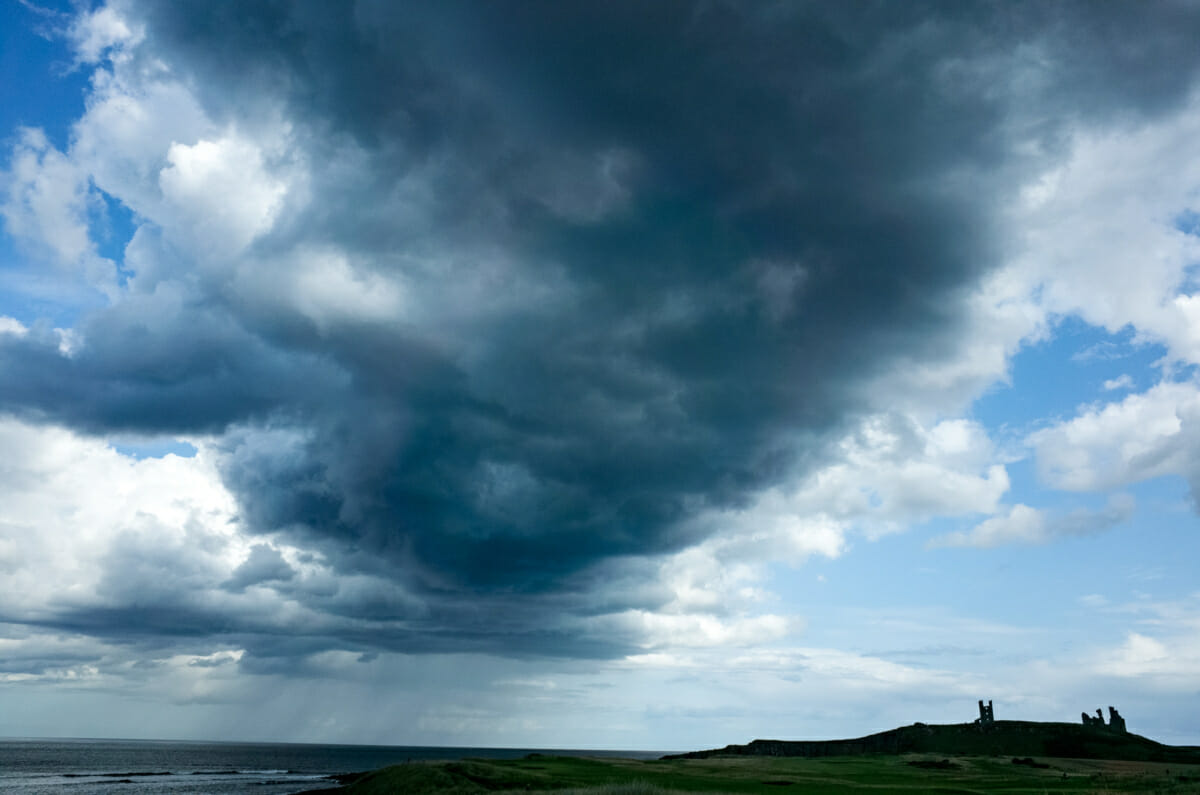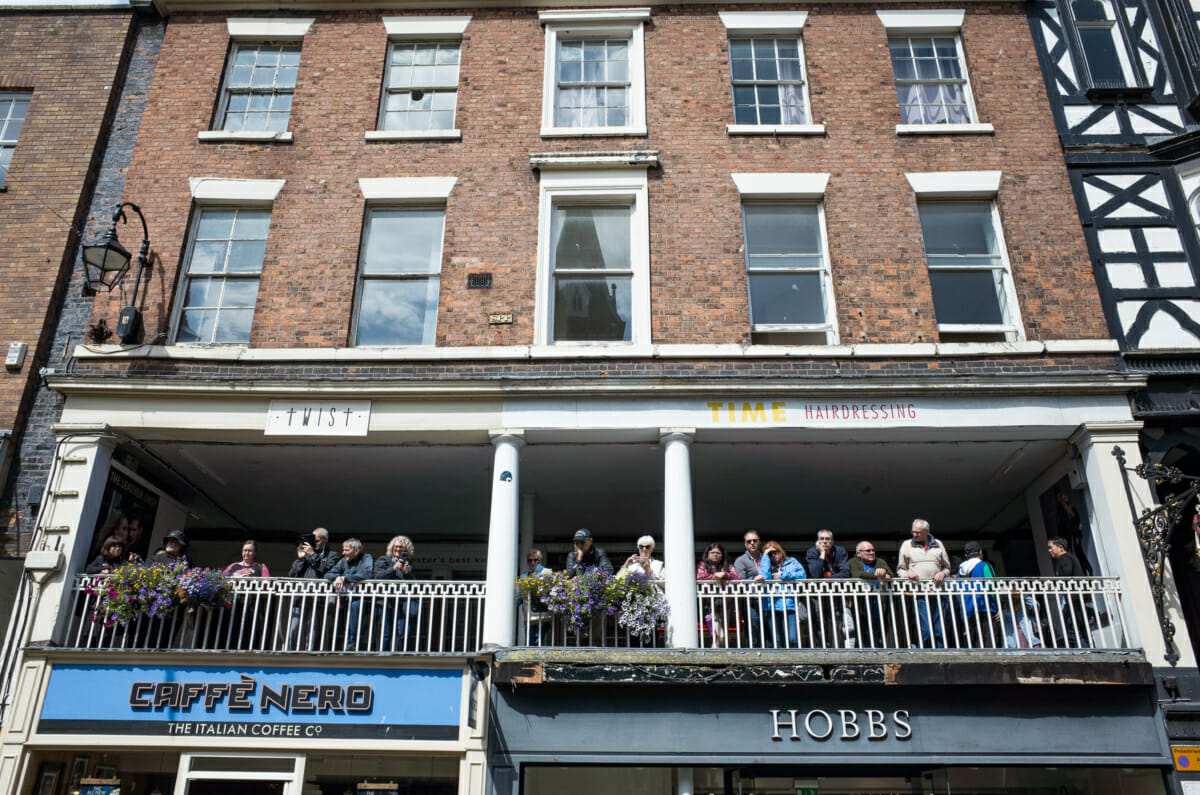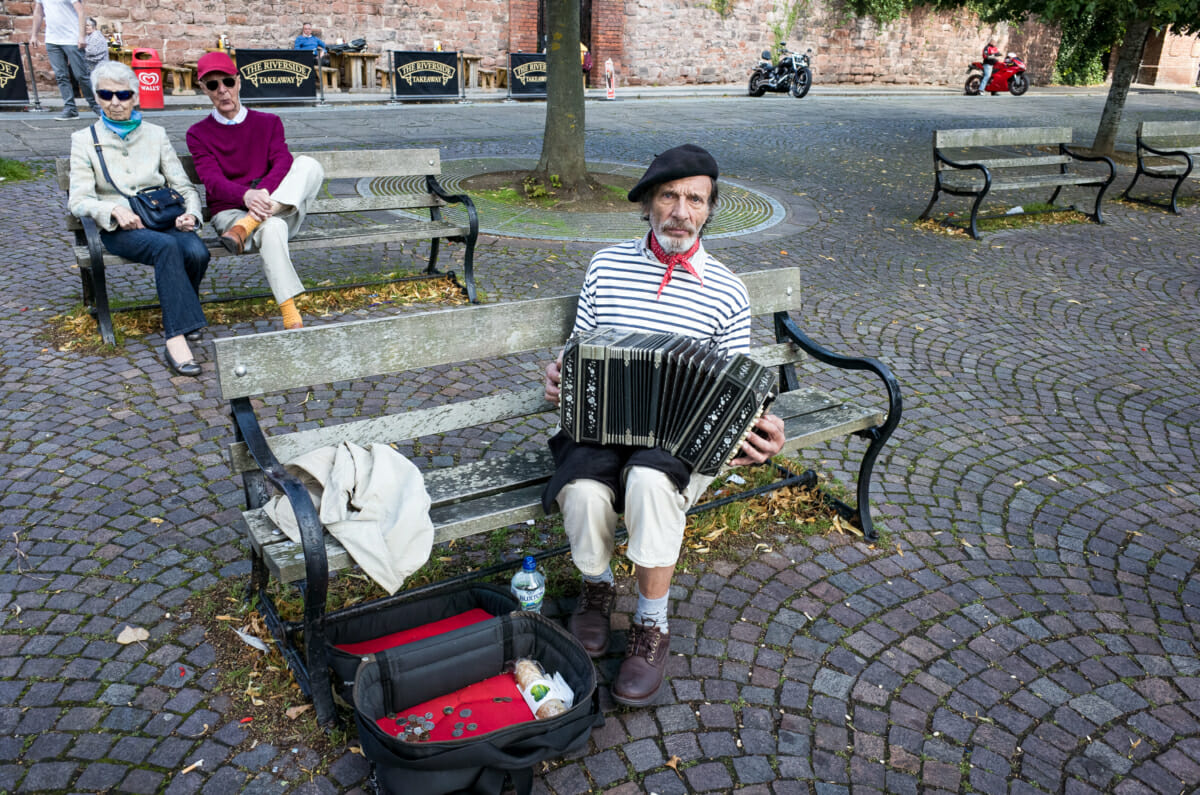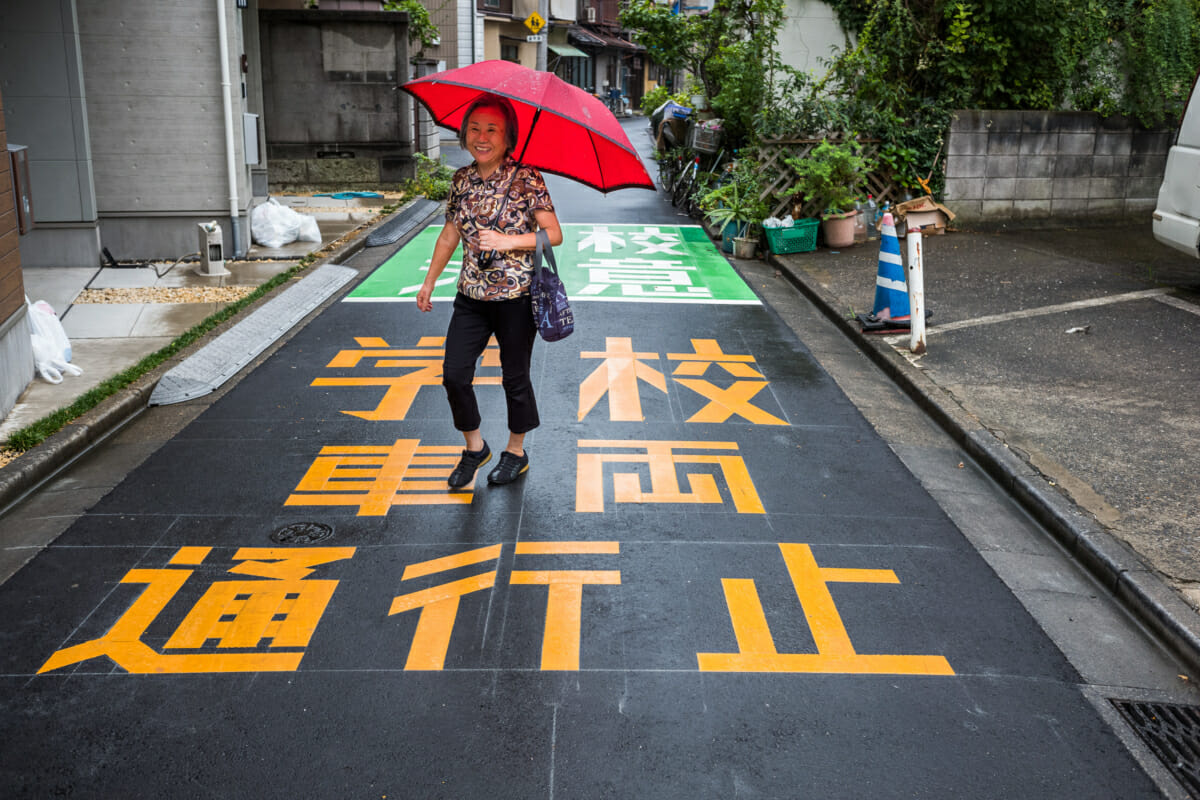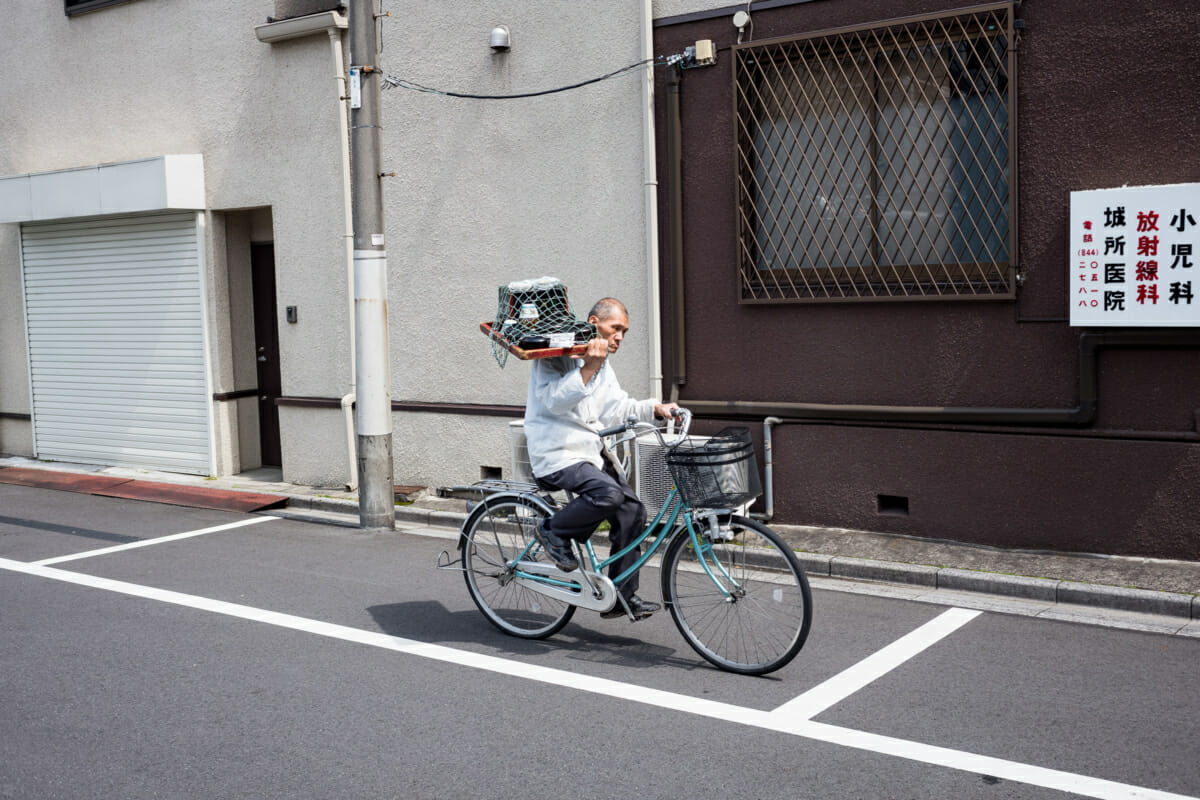A mostly abandoned old drinking alleyway
Situated near a busy train station, this distinctive looking old alleyway was presumably once full of inebriated salarymen partaking in post-work drinks. Just one half of a block that way back when boasted numerous bars and eateries. These days, however, it’s falling apart and mostly shuttered up, with merriment now only existing in gradually fading memories.
A retro Tokyo bar and the man who runs it
The bar below is one I have a real soft spot for. Partly because of how it looks, but mostly due to this photograph I took through the window several years ago. An affection that has now increased further after meeting the lovely fella who runs it. A man as warm and welcoming as the establishment he presides over.
A photo series: Britain, 2019
A couple of summers ago I returned to Britain after a forced absence of four years, and the photographic output of that trip seemed to encapsulate what was going on in my own life, and even more so in regards the country.
Returning again last year, however, felt less significant. Not because things were any different politically, I’d just become more accustomed to them that’s all. Or perhaps more accurately, horribly resigned to them. The photographs I ended up taking, on the other hand, remained very similar, covering many of the same themes as the previous year.
And this summer was in many ways no different again. Admittedly that resignation has drifted much more towards despair, especially so in light of Britain’s new Prime Minister, but the photographs and subject matter remain more or less consistent. A continuation of the shock and disappointment, or much more simply, subjects and scenes I like to shoot? Two years ago I was sure it had a lot to do with the former, but now I’m far more convinced it’s nothing more than the latter.
Tokyo street colours and kanji
A big tray of food delivered by bicycle
Despite being a keen cyclist, charged with delivering this substantial feast, I’m pretty sure that within seconds of setting off, each and every dish would have been strewn all over the street. This fella, on the other hand, was bombing along not the least bit concerned by the weight, road signals and incredibly impressed bystanders.
